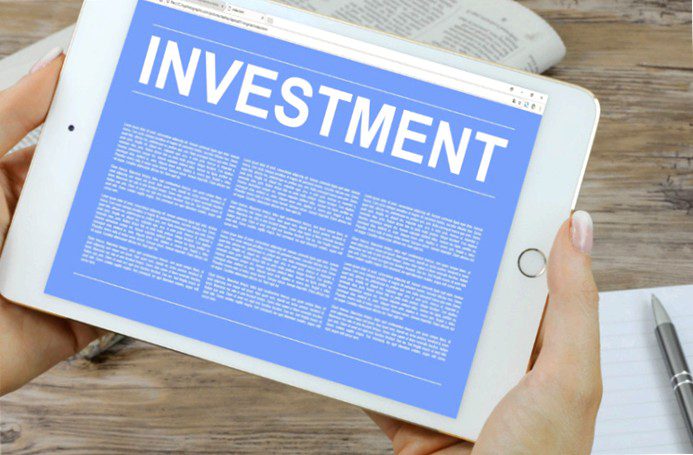
GERMANY. Due to rising interest rates, it may not be the best time to refinance, but you can still consider refinancing if you want to use the equity in your home. If you're considering refinancing, here's how it works and what options might be available to you.
What is refinancing?
When you refinance your mortgage, you replace your current mortgage with a new loan. The new loan can have different terms – for example, from 30 to 15 years or from a variable to a fixed interest rate – but the most common change is a lower interest rate. By refinancing, you can lower your monthly payment, save money on interest over the life of your loan, pay off your mortgage sooner, and draw on your home's equity when you need cash for a specific purpose. So a loan comparison is urgently needed here if you want to save money.
How does the refinancing of a mortgage work?
Similar to when you first apply for your mortgage, a lender will review your finances to assess your risk and determine your eligibility for the most favorable interest rate. It's a brand new loan, possibly from a different lender than the one you originally used to purchase your home.
Your new loan may also reset the repayment period. Let's assume you have made five years of payments on your current 25-year mortgage. This means that you still have 20 years for the loan. If you take out a new 25-year loan, you start over and have another 25 years to repay the loan. If you take out a new 15-year loan instead, you'll pay off your loan ten years early.
Refinancing comes with closing costs, which can affect whether a new mortgage makes financial sense for you. These costs can range from 2 to 5 percent of the refinance amount. Common closing costs include discount points, an origination fee and an appraisal fee. You will need to calculate the break-even point to determine if you will stay in your home long enough to recoup the closing costs and benefit from the savings from refinancing.
Types of mortgage refinancing
- Refinancing with interest rate and term
This is a basic form of refinancing, where either the interest rate of the loan, the term (repayment period) of the loan or both are changed. This can lower your monthly payment or help you save money on interest rates. The amount you owe usually doesn't change unless you transfer some acquisition costs to the new loan.
In a cash-out refinance, you use your home to spend cash. This will increase your mortgage debt, but give you money to invest or use towards a specific goal, e.g.B. for a renovation project. With a cash-out refinance, you can also secure a new term and interest rate.
With cash-in refinancing, you make a one-time payment to reduce your loan-to-value (LTV) ratio. This reduces your overall debt burden, your monthly payment may be lower, and you may qualify for a lower interest rate. Before taking out a cash-in refinance, weigh whether paying the lump sum would cause you to miss out on more lucrative opportunities or use up your savings unnecessarily.